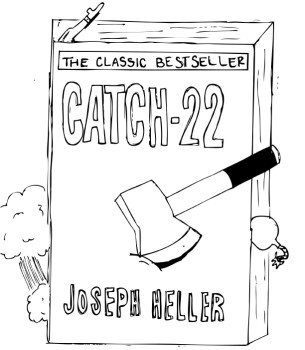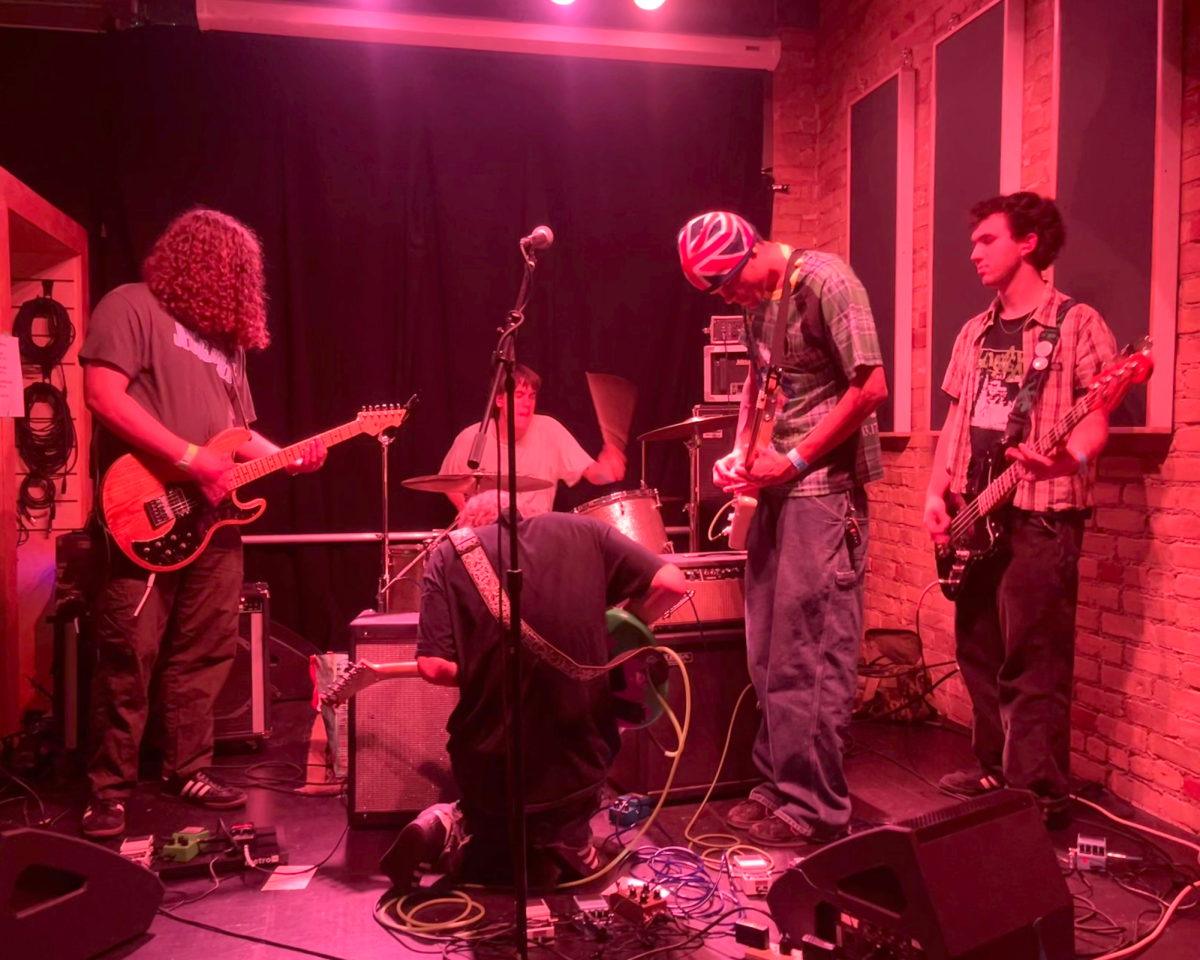As South students, we are faced with violence everyday, whether its watching a fight, throwing food, campaigning against it, or reading about it in class. Despite the fact that violence is discouraged, it still tends to be a common theme in books read by English classes at South High.
“I don’t shy away from violent books in my classes” said Advanced Placement Literature and Composition teacher Phylis Hayes, “students react to it, which causes a powerful class discussion.”
Hayes’ AP Literature and Composition class is currently reading Catch 22 by Joseph Heller. This historical novel gives off an anti-war message, revolving around a passevist character who is a bombateer in World War II. “The important part is the message the book sends out” said Hayes. In the violent novels Hayes’ class reads, they tend to express the negative effects of violence and how it changes people’s lives for the worse.
Not only do some of these novels portray important messages, “the class discussions are more interesting with violence than without” said Sophomore Martin Beck. Beck claims books can become more suspenseful if violence is a theme.
Although violence may create a suspenseful tone within a novel, some remain unaffected. “The violence doesn’t phase me at all” said Sophomore Sam Holt, who has read The Adventures of Huckleberry Finn in his Humanities II class. It doesn’t seem uncommon for students to read through these graphic books without a reaction.
Though this may be true for students, some teachers think differently. “I was struck by how desensitized to the violence they are” said AP Literature and Composition teacher Tanya Hodge about her students. According to Hodge, students don’t usually react to violent scenes in films, or chapters in books. “Some might laugh or have a similar reaction” said Hayes. Sometimes she even has to point out that a scene is violent for students to realize it.
Michelle Telschow’s Freshmen English class reads The Odyssey every year. As for the violence in this book, “No one has really acted badly to it” said Freshman Tory Shedd. According to teenviolencestatistics.com, 1 in 12 high school students are threatened or injured with a weapon each year. If this is true, do violent books contribute to it? The answer seems to be no.
“I don’t think [violence] is necessary,” said Shedd, “but it might make it more interesting for more readers, and make them inclined to read it.”
According to Humanities II teacher Carol Horswill, violent books are “usually the ones they want to talk about.” She believes realistic violence in books get a more serious reaction versus some superhero films where the action would never happen in real life. “The reaction is somewhat more profound,” said Horswill about her students response to memiors over fictional or unreasonable plot lines.
Although some may think violence anywhere is a bad influence, South reflects over the positive message it can send out. Some novels may emphasize the hardship and suffering war brings, or the pain abuse can cause, while showing the importance of self control and kindness.
“No student has asked not to read a book due to violence” said Hayes, “people who have suffered write powerful, engaging books.” For example in Mark Twain’s novel The Adventures of Huckleberry Finn, there is a reacurring attitude toward slaves, referring to them as N******. Horswill, who teaches this book every year, says she thought about it years ago and came to the conclusion that it is part of Twain’s point of demonstrating what life was like back in that time period. “Most recognize the difference of how Twain uses that word, to how it is used in the hallways at school” said Horswill.
In fact Hayes herself changed her view on war because of the novel All Quiet on the Western Front by Erich Maria Remarque. This book is about a nineteen-year-old young man who has joined the army voluntarily. He is proud to be patriotic until he realizes the brutality of life on the front, and lives in constant terror.
“Since I grew up in a small town, no one chose to read books like that” said Hayes. This book gave off a view of wanting to support our troops, but they’re human beings just like us, even our enemies are human. According to Hayes, this book showed “what it means to be human.”







